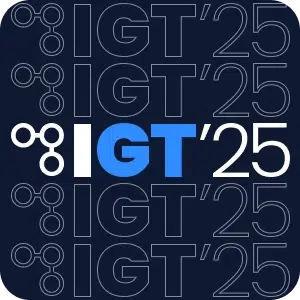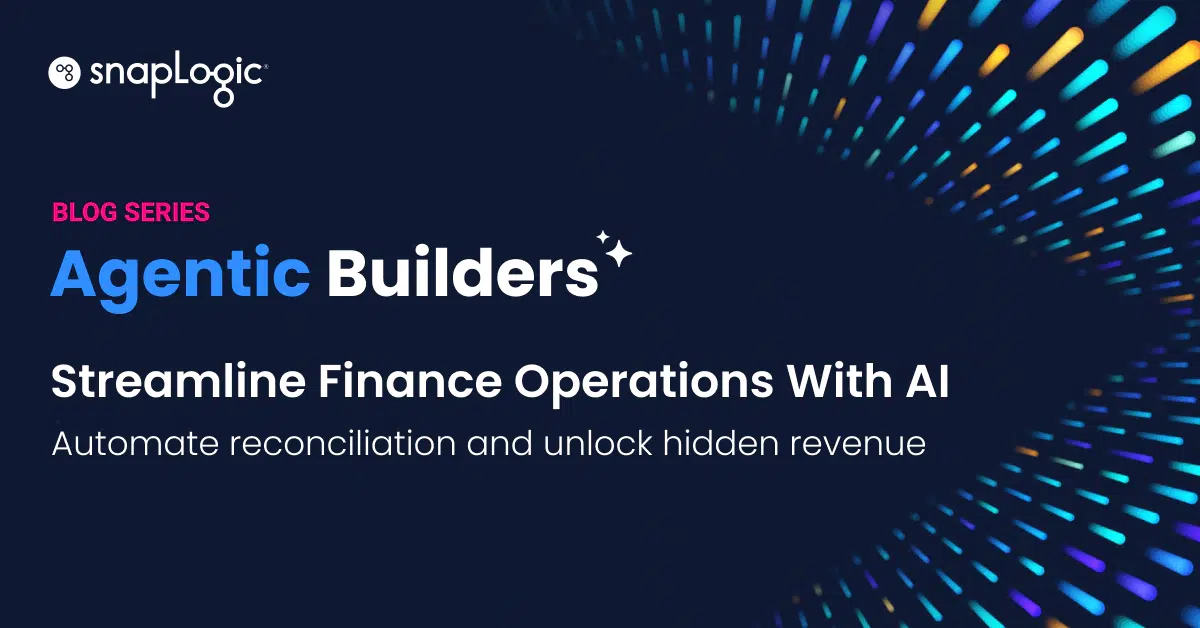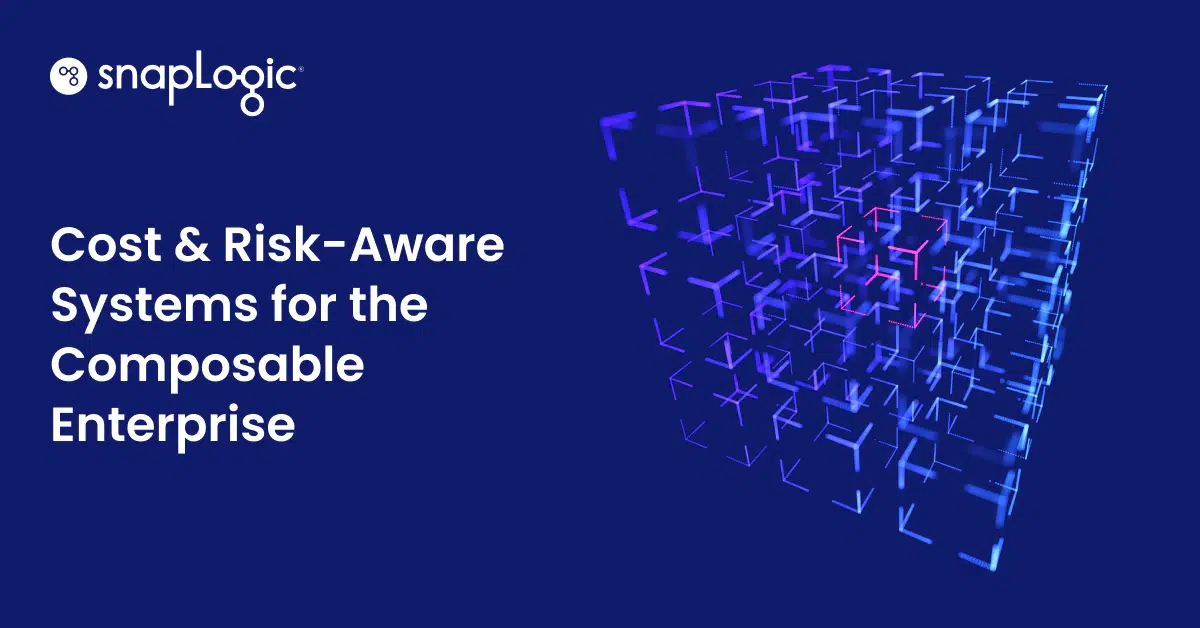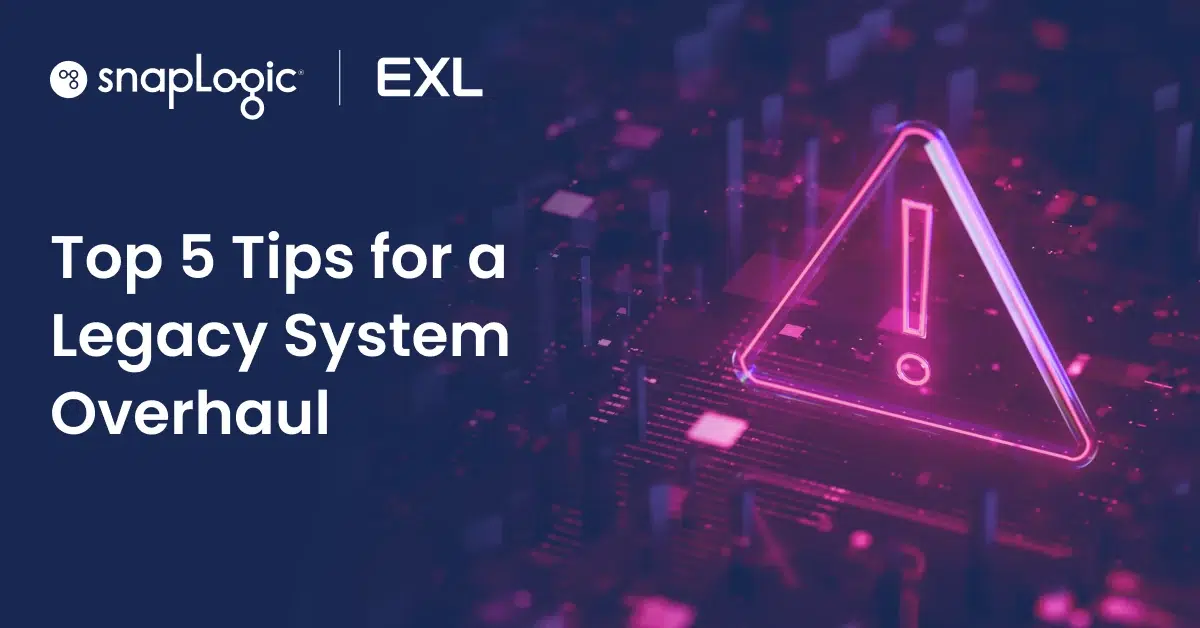A big headache for most developers and integrators comes from tons of choices for data access, data migration, and data integration. With these choices come the many different standards for processing various types of data, different vendor solutions, and the specialized skill sets required to maintain the data. Digital data can come from and go anywhere in a digital ecosystem, spanning both internal systems and processes as well as out to external B2B processes, service and logistical partners, marketing, and channel partners, and of course, your customers.
Quick access to a digital ecosystem that’s available to your business will make all the difference when it comes to innovation and gaining an edge over the competition.
Consider what this global strategist from Apigee says in his Forbes post: “Enterprise leaders shouldn’t hear ‘digital ecosystem’ and think, ‘IT challenges.’ They should think, ‘This will change my whole business, and it starts with me.’”
As an example, say you’re a developer or integrator who needs to implement digital applications and services that support a new loyalty initiative for your company.
In this situation, customer data can be retrieved from rows in relational tables stored in databases on various back-end systems located in multiple data centers for the core business and from acquired companies. Some of the locations are on-premises, and others are hosted on cloud platforms. The new loyalty program that you plan to implement must include appealing digital experiences that reward customers who have been using your services for longer terms and/or who have bundled services from multiple offerings that you provide.
The initial pilot program increases revenue from a select group of existing customers by 15 percent. If implemented company-wide, the program is not only going to increase revenue but also reduce customer attrition by a significant amount.
A lot is riding on this digital initiative such that efficiently going to market as fast as possible will have a large impact on your contribution to the company’s bottom line.
This customer loyalty initiative could be similar to the ones being created by media and Internet service providers or by an insurance carrier – for its home and auto bundling services – undergoing its own digital transformation. You get the point. Projects like this are cropping up everywhere to help make any digital business disrupt the industry or to remain competitive.
Back to the headaches. On the back end, the project will be quite complicated with the data required for all the different aspects of this project residing almost anywhere for the large customer base that you want to reach. There will also be the possibility of complicated coding requirements that require a lot of testing and debugging that might delay rolling out the program as fast as you want.
More specifically, agile teams of developers and integrators assigned to a project like this need to access customer data from disparate sources, integrate possible business and service data from internal and external sources, and analyze specific data that enables data-driven outcomes. The resulting digital experience for customers might include personalized web-page content after they log in from a specific geographical location as well as updates to their mobile app and email messages. The customer would receive automatically generated discounts promoted through one or more of the digital channels they use on a regular basis.
What would you do if you were in charge of an initiative like this?
You might want to get a team of system integrators who could write a lot of code to access the data from these various systems. You might have to hire them or outsource them if the budget is available. You could appoint a person who can do the project in-house (usually the first option) if IT can fit it into their overflowing schedule, have the appropriate skill set, and be able to deliver on time. Or, you could use an integration platform as a service (iPaaS) solution that connects to these legacy back-end systems as well as to any of your more modern data sources without coding and creates the REST APIs that will allow the data to flow without involving IT resources.
By using an iPaaS solution like SnapLogic, you can save a lot of time and resources by having the platform do the heavy lifting. Using our SnapLogic Enterprise Integration Cloud, you can expose business logic from any pipeline that connects complex back-end applications and databases without having to update the API calls with manual code. As a citizen integrator or line of business owner, you can get started right away connecting to the back-end systems with our pre-built connectors (Snaps) that do not require coding, and then use your connected Snaps or pipelines to create REST APIs that expose this data to any downstream target.
Try it out for yourself by signing up for the Free Trial. Here’s how to get started.












